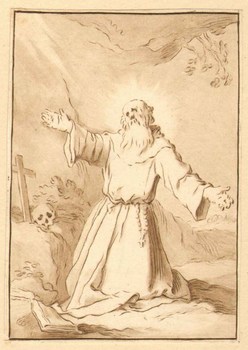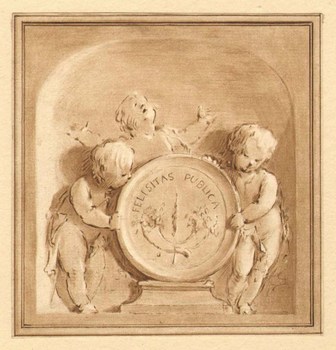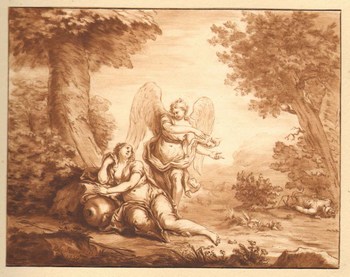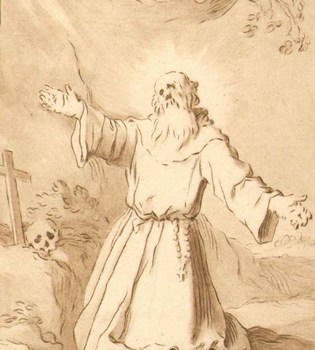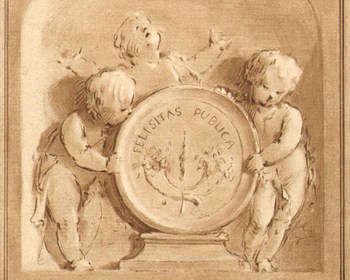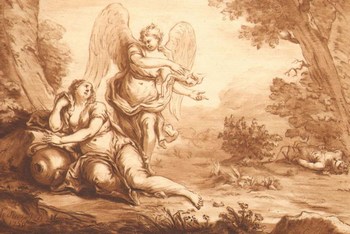Cornelis was a very successful entrepreneur and that allowed him to become one of the most important art collectors from the Netherlands. Besides collecting drawings he was also interested in the scientific aspect of print making and experimented constantly in seeking new techniques to make etchings in a drawing alike style that reproduced his important collection. He experimented with printing in colour from several plates. He can be called a real inventor and brought the technique of printing to a new level. His working methods have been revealed by Th. Laurentius and catalogued in the work 'Cornelis Ploos van Amstel' Kunstverzamelaar en prentuitgever, published in 1980.
He worked with other printmakers who were obliged to keep the newly invented techniques secret. Some of his assistants include Bernard Schreuder, Elisabeth van Woensel, Cornelis Buys, Cornelis Brouwer. His printer was Johannes Körlein. Son-in-law of Cornelis Troost
Jurriaan Cootwyck ( 1714 - died 1798)
Silversmith from profession. He made drawings
and etchings mostly after old masters like Van
Ostade, Potter, Rembrandt a.s.o. He worked also in
the Ploos van Amstel technique (Vernis-dur). He was
older then Ploos and died only 11 months before
Ploos. It seems Josi who intended to finish the
publication work started by Ploos came in the
possession of the stock left after Cootwyck's death
and used it together with the plates by Ploos in his
publication. The edition was limited to 100 so less
the the Ploos edition of 350.
|
|
|
|
SAINT
FRANCISCUS Reference:
Design: Abraham Bloemaert (1564-1651) |
|
|
CHERUBIJNEN MET
EEN WAPENSCHILD Three cherubs holding a coat-of-arms with the proverb: 'Felisitas Publica'
Reference:
|
HAGAR IN DE
WOESTIJN
Hagar lying on the ground in a mountainous
landscape. An angel points here towards a
well.
Reference:
Drawer: Eustache Lesueur (1616-1665) |
